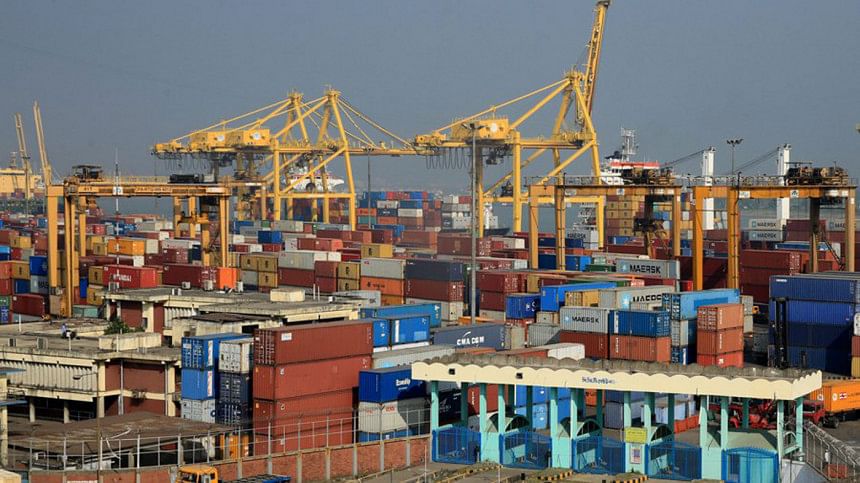Prosperity without clarity

The growth estimate for fiscal 2021-22 appears directionally consistent with the high-frequency growth indicators such as exports, imports, private credit and revenue collections.
Data on all of these covering the first nine months of the fiscal year show continued recovery that started last fiscal year following the easing of pandemic restrictions.
The magnitude of the 7.25 percent estimated growth is almost the same as the 7.2 percent target set in fiscal 2021-22's budget. This is too close to not raise any eyebrows.
If we are so good at forecasting GDP growth, how come all other targets such as revenues, expenditures and the composition of deficit financing consistently elude us and are always on the downside in case of revenues and expenditures?
Manufacturing has led the growth. All the manufacturing subsectors show double-digit growth on top of double-digit growth last year in the same sectors.
There is, therefore, no growth-boosting base effect. In fact, it was expected to be the opposite. Construction growth increased by nearly a percentage point despite steep increases in the prices of construction materials.
Such an impressively sustained recovery in industrial growth is at odds with growth in electricity and gas.
Real value-added growth in electricity declined from 11.65 percent in fiscal 2020-21 to 7.24 percent in fiscal 2021-22 and the same in gas declined respectively from 1.45 percent to 0.52 percent.
Mining and quarrying declined by 1.9 percent compared with 6.5 percent growth the previous year.
Industrial growth and energy growth are supposed to be positively correlated. That is not the case here. One can't help but wonder why.
On the demand side, there apparently was a boom in household consumption expenditures with a real growth of 13.2 percent on top of 8 percent growth last year. Where has this come from?
Remittance growth has been negative and agricultural growth has declined. Services grew by only 6.3 percent.
Yes, garment exports have boomed, but the owners claim their profits have mostly been eaten away by increased prices of intermediate inputs.
Nominal wage growth in the production sectors for low skilled labour was 8.6 percent through March, which in real terms was less than 3 percent.
I am not sure pent-up demand financed by drawing down financial savings accumulated in the past can fully explain such a consumption boom.
Last but not the least, private investment rate has increased from 23.7 percent of GDP in fiscal 2020-21 to 24.6 percent of GDP in fiscal 2022-23. This is still less than the 25.3 percent of GDP in fiscal 2018-19, the year before the pandemic.
Yet growth has returned to the 7.3 percent pre-pandemic three-year average.
In theory, this can be explained by what economists call Total Factor Productivity growth associated usually with technological upgradation and efficiency-enhancing resource reallocation within and across sectors. It is unlikely that was the case
This is not to suggest that the estimates are necessarily wrong. But they do not lend themselves easily to constructing an internally and externally consistent storyline.
The author is a former lead economist at the World Bank's Dhaka office

 For all latest news, follow The Daily Star's Google News channel.
For all latest news, follow The Daily Star's Google News channel. 



Comments